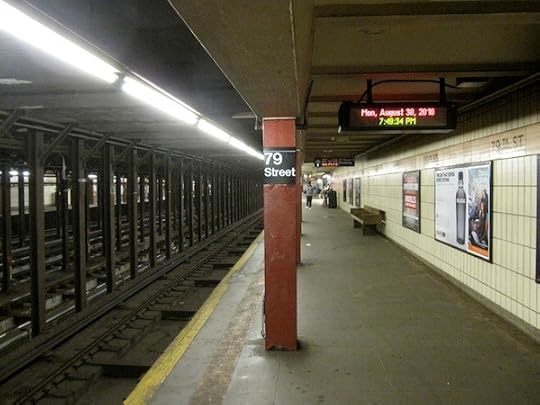Pynchonicity
“Paranoia’s the garlic in life’s kitchen, right, you can never have too much,” announces a character in the new novel Bleeding Edge—yet because its author is Thomas Pynchon, let’s not take that valorizing of paranoia too lightly; elsewhere the same character grouses about “when paranoia gets real-world.”
More than any other recurring Pynchonian concept, paranoia receives nuanced treatment in the novelist’s work. A tendency toward the “p” word would seem to color his personal life as well: although he reputedly lives in plain sight on New York’s Upper West Side, he keeps his private life more private than that of any other major American artist. And, after being a stone Pynchonophile for nearly thirty years, I’ve finally started feeling a bit paranoid myself. It’s not the dot-com “hashslingrz,” Pynchon’s latest fictional conspiracy, that’s freaking me out, but the author himself. Never before has he set one of his novels in a time and place which I myself inhabited, and as I whooshed back to the New York City of 2001—this time through Pynchon’s aesthetic filter—his world spookily coincided with mine, mapping over it at points both minor and major. Call it a case of “Pynchonicity.”
As it happens, I spent much of 2001 rereading the then-available Pynchon canon: the historical books (Gravity’s Rainbow, Mason And Dixon); the contemporaries set during Pynchon’s own adult years (The Crying Of Lot 49, Vineland); and his first novel, V., a hybrid of those two forms. I was thirty-eight then, Pynchon was sixty-four, and a goal of my project was to understand the man, to puzzle out what kind of mind could be equally open to profundity and vulgar puns, tenderness and cruelty, hard science and the occult, sweet lyricism and, well, Rainbow’s notorious shit-eating scene. Given Pynchon’s aversion to cameras, microphones, reporters’ notebooks, and public podiums, the texts were all I and his other readers had to work from. Read More »
The Paris Review's Blog
- The Paris Review's profile
- 305 followers




